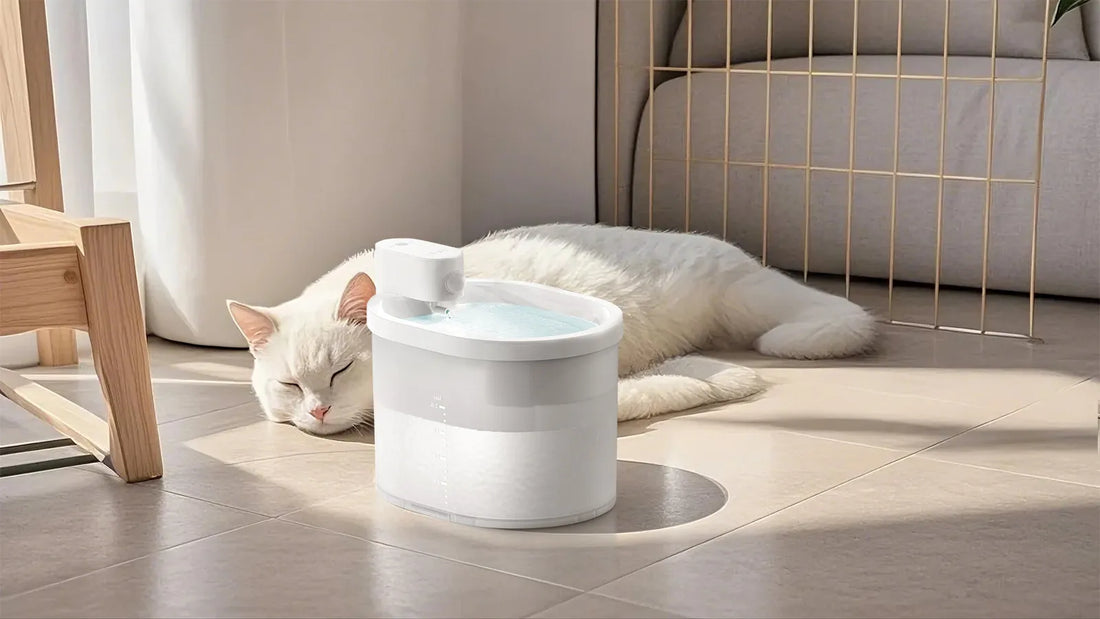When it comes to caring for our furry friends, every detail matters. One often overlooked aspect of pet care is the hygiene of their feeding utensils. An antimicrobial dog bowl is not just a feeding tool; it's a health safeguard for your beloved pet. This article delves into the importance of using an antimicrobial dog bowl, its benefits, and how it can make a significant difference in your pet's life.
What is an Antimicrobial Dog Bowl?
An antimicrobial dog bowl is specifically designed to inhibit the growth of bacteria, mold, and mildew. Unlike regular bowls, these are made with materials that have antimicrobial properties, ensuring that your pet's feeding area remains clean and hygienic. This is particularly important because pets are susceptible to various infections that can be transmitted through contaminated feeding utensils.
Benefits of Using an Antimicrobial Dog Bowl
Using an antimicrobial dog bowl offers numerous benefits that go beyond just keeping the bowl clean. Here are some of the key advantages:
- Prevents Bacterial Growth: The primary benefit is the prevention of bacterial growth, which can lead to infections and illnesses in pets.
- Easy to Clean: These bowls are often easier to clean than traditional ones, reducing the effort required to maintain hygiene.
- Durable and Long-lasting: Made from high-quality materials, antimicrobial dog bowls are durable and can withstand daily use without deteriorating.
- Safe for Pets: The materials used are non-toxic and safe for pets, ensuring that your furry friend is not exposed to harmful chemicals.
How Does an Antimicrobial Dog Bowl Work?
The science behind an antimicrobial dog bowl is fascinating. These bowls are typically made with materials that have been treated with antimicrobial agents. These agents work by disrupting the cellular processes of bacteria, preventing them from multiplying. Some bowls are made from inherently antimicrobial materials, such as certain types of plastics or metals, which naturally resist microbial growth.
Choosing the Right Antimicrobial Dog Bowl
When selecting an antimicrobial dog bowl, there are several factors to consider to ensure you get the best product for your pet:
- Material: Look for bowls made from high-quality, non-toxic materials that are known for their antimicrobial properties.
- Size: Choose a bowl that is the right size for your pet, ensuring they can eat comfortably without spilling food.
- Design: Consider the design of the bowl, including features like non-slip bases and easy-to-clean surfaces.
- Durability: Opt for a bowl that is durable and can withstand daily use without showing signs of wear and tear.
Maintaining Your Antimicrobial Dog Bowl
To ensure that your antimicrobial dog bowl remains effective, proper maintenance is essential. Here are some tips to keep your pet's bowl in top condition:
- Regular Cleaning: Wash the bowl daily with warm, soapy water to remove any food residue and bacteria.
- Deep Cleaning: Periodically, give the bowl a deep clean using a pet-safe disinfectant to eliminate any stubborn bacteria.
- Inspect for Damage: Regularly inspect the bowl for any signs of damage or wear, and replace it if necessary to maintain its antimicrobial properties.
- Store Properly: Store the bowl in a clean, dry place when not in use to prevent contamination.
The Impact of an Antimicrobial Dog Bowl on Pet Health
The use of an antimicrobial dog bowl can have a profound impact on your pet's health. By reducing the risk of bacterial infections, these bowls help keep your pet healthy and happy. Additionally, the ease of cleaning and durability of these bowls make them a practical choice for pet owners who want to ensure their pets are eating from a clean and safe environment.
Investing in an antimicrobial dog bowl is a small but significant step towards better pet care. Not only does it provide a hygienic feeding solution, but it also offers peace of mind knowing that your pet is protected from harmful bacteria. Make the switch today and see the difference it can make in your pet's life.













